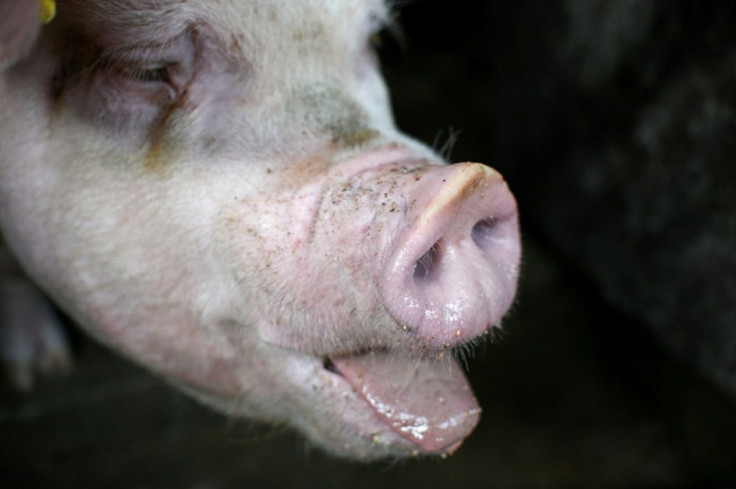Dutch Agriculture Exports Surged To Record Highs Last Year

KEY POINTS
- Dutch agricultural exports rose 4.6% in 2019
- Horticultural products accounted for largest portion of ag exports
- Dutch pig farmers are being offered incentives to exit business
Dutch agricultural exports surged to an all-time record of $106 billion last year, up 4.6% from 2018, the national statistics office and a research organization said on Friday.
Exports of flower, bulbs and plants accounted for $10.55 billion, the largest chunk of agricultural exports, followed by meat ($9.77 billion), dairy ($9.55 billion), vegetables ($8.1 billion), fruits ($6.89 billion), beverages ($6.44billion)
Farm machinery and machinery for the food processing industry represented another $11.1 billion in exports.
Dutch meat exports saw a particular surge – pork delivered to China soared 22% as a result of the swine fever epidemic in Asia.
However, the national statistics agency, Statistics Netherlands, and Wageningen Economic Research cautioned that about one-fourth of the total export figure comprised the re-export of agricultural goods grown or produced outside the Netherlands, including such items as cocoa beans, avocados and beer. In addition, about two-thirds of the increase seen in export values in 2019 were attributed to higher prices rather than higher volumes.
Nevertheless, Holland was the world’s second largest exporter of agricultural goods in dollar terms in the world, behind only the U.S., said Statistics Netherlands.
Germany was the top market for Dutch agricultural exports, accounting for 25% of all sales, followed by Belgium (11%), U.K. (9%), France (8%) and Italy (4%).
However, while pork exports to China have surged, the Dutch pig farming sector is shrinking and may contract by as much as 7% next year.
The government wants to cut the number of pig farms in the Netherlands in order to lessen the odors and pollution they cause.
The government explained that fewer pigs in the country will eventually lower emissions of ammonia. Holland has the most cows and pigs relative to land area in all of Europe and is also the world’s sixth largest pork exporter.
“We’re facing an important task: making the pig industry more sustainable and future proof,” said Agriculture Minister Carola Schouten last November. “For farmers who continue, there will be a measure early next year targeted at innovation and reducing emissions.”
The government announced last year that it had set aside some $200 million to help pig farmers who want to exit the industry. The cash would be used to cancel permits, demolish buildings and to help finance the transition to new vocations.
The buyout scheme is voluntary and will focus on the south and east of the country where livestock farms are concentrated.
Hundreds of pig farmers have applied for government subsidies to help them close down their businesses. However, the scheme has already been over-subscribed.
However, many Dutch farmers are irate over the government’s efforts to reduce pollution and cut emissions of nitrogen oxide. Such measures include forcing farmers to change the feed they give their livestock. Along with construction workers, farmers have staged protests across the country.
Due to Holland’s small size and dense population, Dutch farms contain four times more animal biomass per acre than the average for the EU. Dutch agriculture accounts for almost half of the nitrogen pollution in the country.
Some scientists and environmentalists contend that the country’s livestock farming sector needs to drastically alter their operations. For example, they recommend that farms should produce just enough manure to fertilize only their own fields; cattle should graze rather than be fed nitrogen-rich soy; while pigs and poultry should eat food waste.
Natasja Oerlemans, head of agriculture for the World Wildlife Fund-Netherlands, said: "We should use this [pollution] crisis to transform agriculture,” adding these and other measures would reduce the number of livestock in the country by 50%.
© Copyright IBTimes 2025. All rights reserved.





















